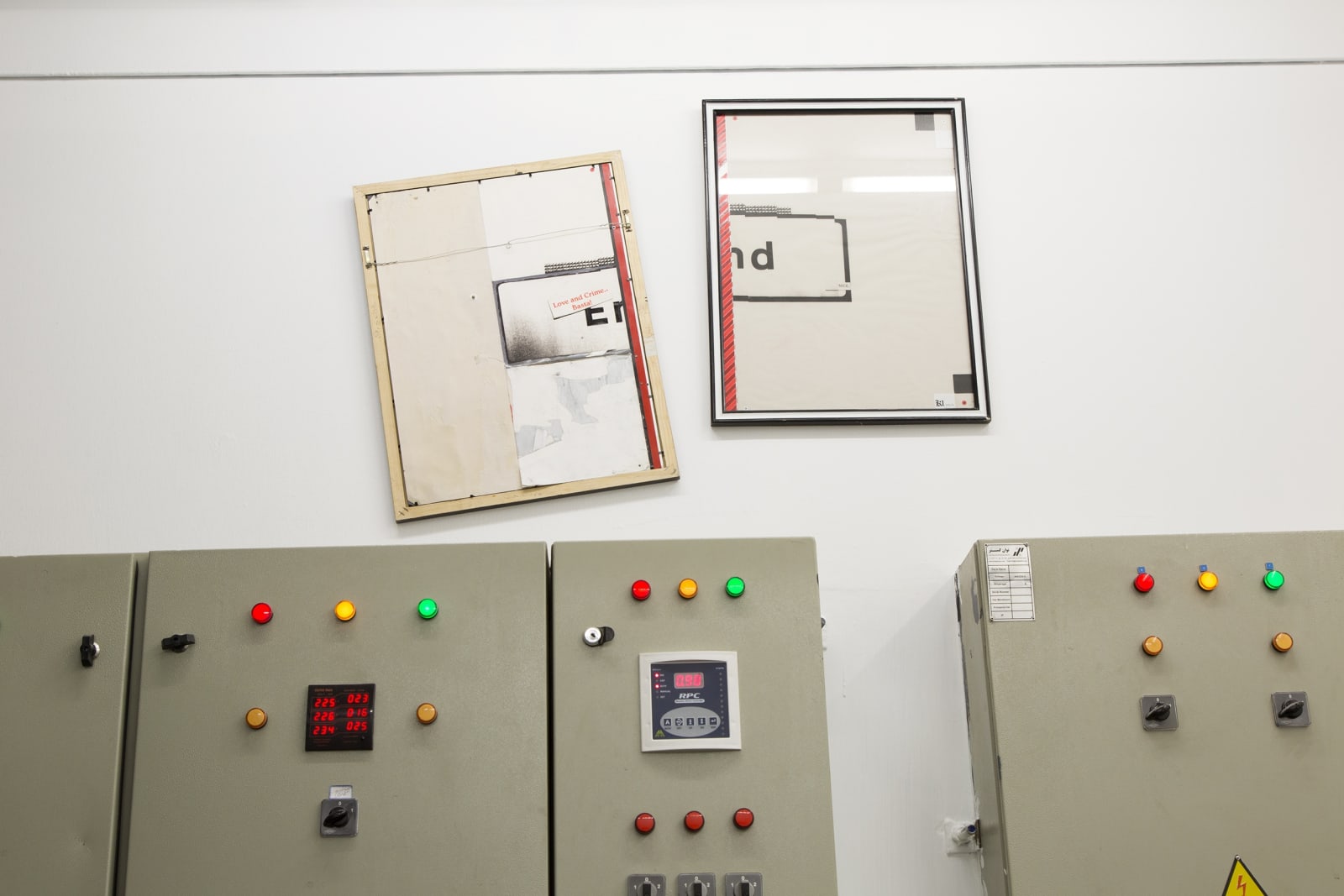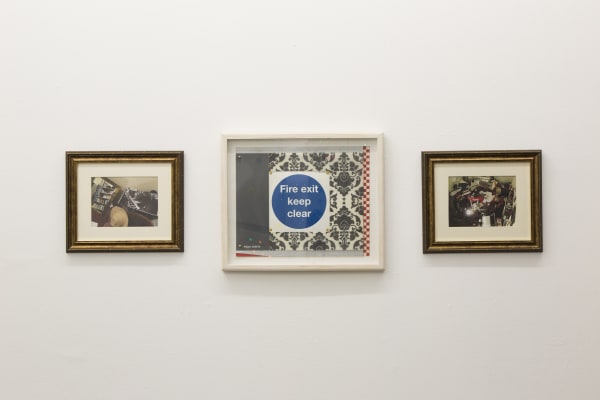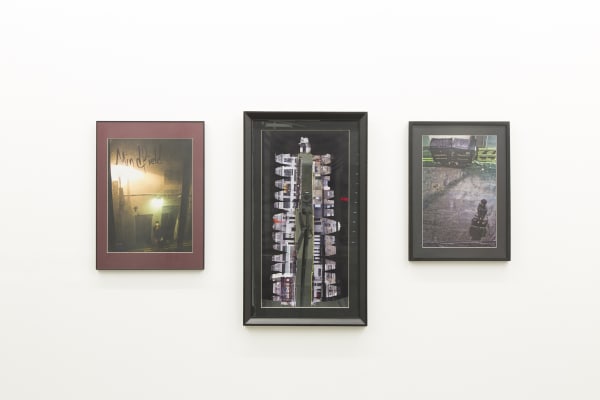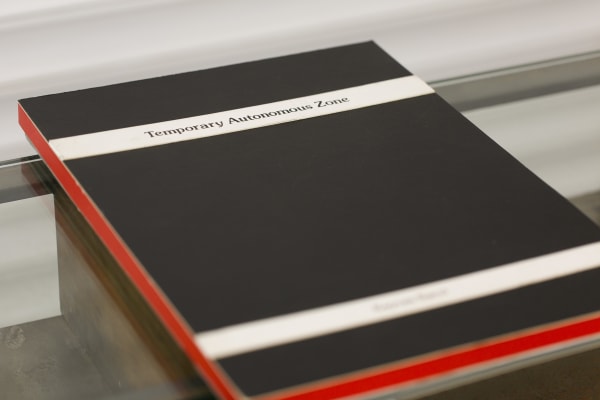Electric Room: Alternating Current (Temporary Autonomous Zone)
A photography series and a photo-book by architect and artist Kayvan [K1] Sarvi, the final project at Electric Room
-

"HORMOZ HEMATIAN & ASHKAN ZAHRAEI, Electric Room, art under high tension"
Anahita's Eye December 11, 2018Anahita's Eye has recently published an interview with Hormoz Hematian and Ashkan Zahraei discussing the 50-project long program of Electric Room (in EN, FR, DE)....Read more -

"Shifting Perspective from Art to Research"
Tosee Irani October 21, 2018Tosee Irani have recently published an article by Alireza Bakhshi Ostowar on the Electric Room (in Farsi). Click here to read it in full.Read more -
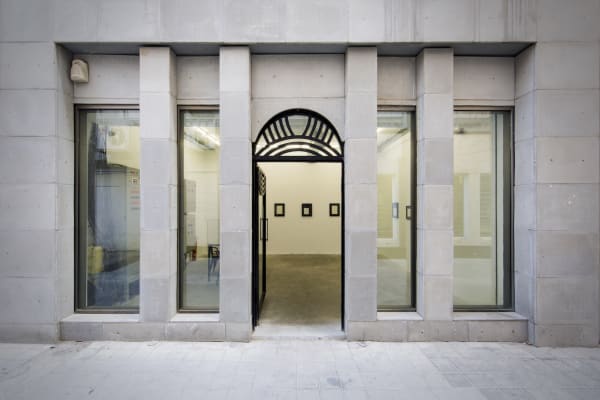
"Experimental Art Can Stand Independently"
Honaronline October 14, 2018Honaronline have recently published an interview with Ashkan Zahraei discussing The Electric Room project (in Farsi). Click here to read it in full.Read more
Dastan is pleased to announce “Electric Room: Alternating Current {Temporary Autonomous Zone}”, a presentation by Kayvan [K1] Sarvi at Electric Room. The show, comprised of a number of photographs and a booklet, will be open to public view from September 28 to October 3, 2018. This is Electric Room’s 50th and final project.
Kayvan Sarvi (b. 1981, Tehran) is a graduate of Architectural Association (AA) School of Architecture (London, UK). Working as an architect, artist and writer, he seeks to perceive spaces and find experiences that play on their effects on human beings.
“Temporary Autonomous Zone” is a perspective created by the artist from his experience of living in an apartment located in a dead-end street in London —a closed zone where people move into and out from, most of them appearing to be malicious or as misdemeanor. Kayvan Sarvi lived in the apartment for about a year and every day walked into his home through this zone. In his final few months of living in the apartment, through photography, he tried to create an image to convey his experiences. He photographed activities by himself and the people passing through the dead-end street: daily shopping, the fridge getting empty or full, and the people he saw through the window by the fridge. Ultimately, he created a map of the street, by photographing all the buildings and making a collage —a collage giving a general view of the zone, sans all the daily events and activities.
“Temporary Autonomous Zone” was first published as a unique hand-made edition in 2010 and is now printed as a limited-edition booklet in 2018 launched at Electric Room.
![Kayvan [K1] Sarvi | 'Temporary Autonomous Space', Electric Room 50/50](https://artlogic-res.cloudinary.com/w_800,h_800,c_limit,f_auto,fl_lossy,q_auto/ws-dastan/usr/images/exhibitions/group_images_override/212/kayvan-sarvi-temporary-autonomous-zone-electric-lowres-07-503a3517-.jpg)



